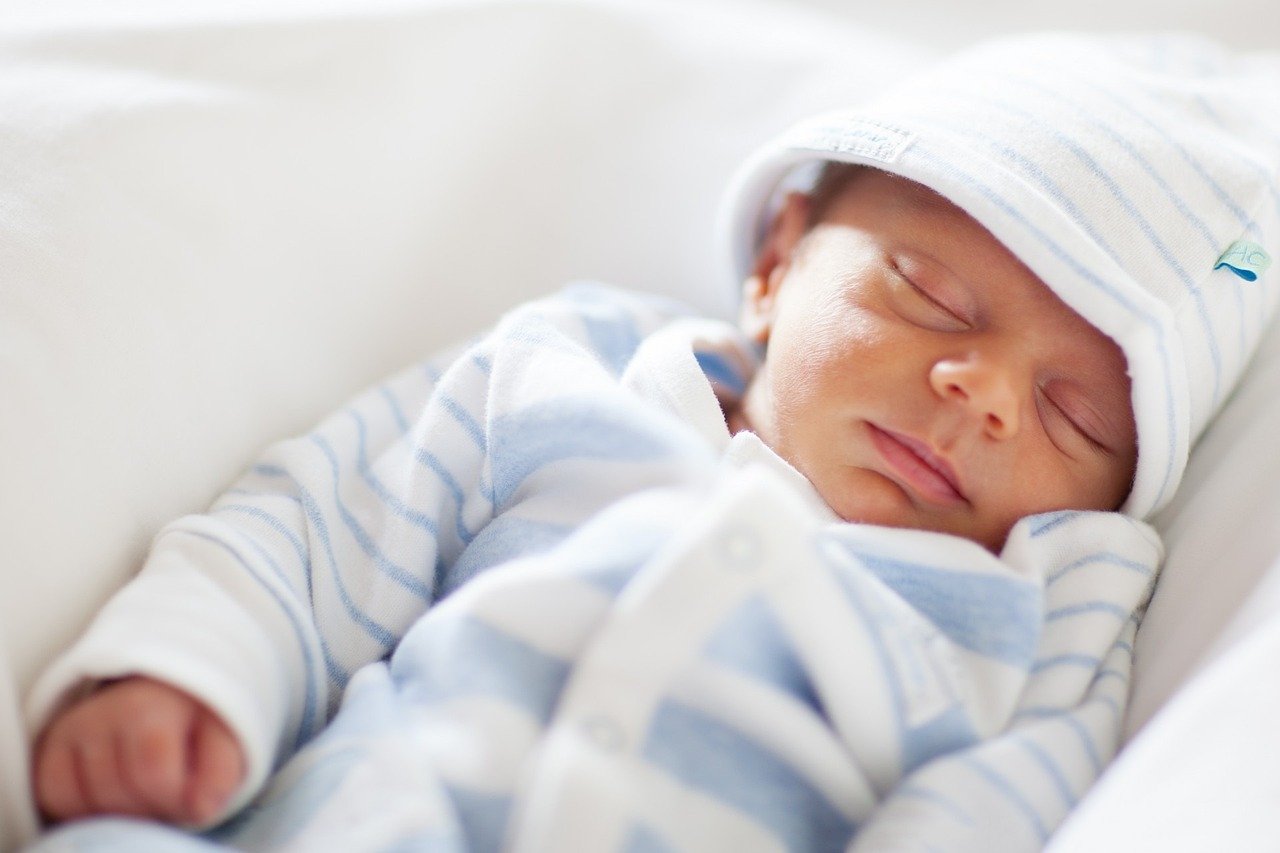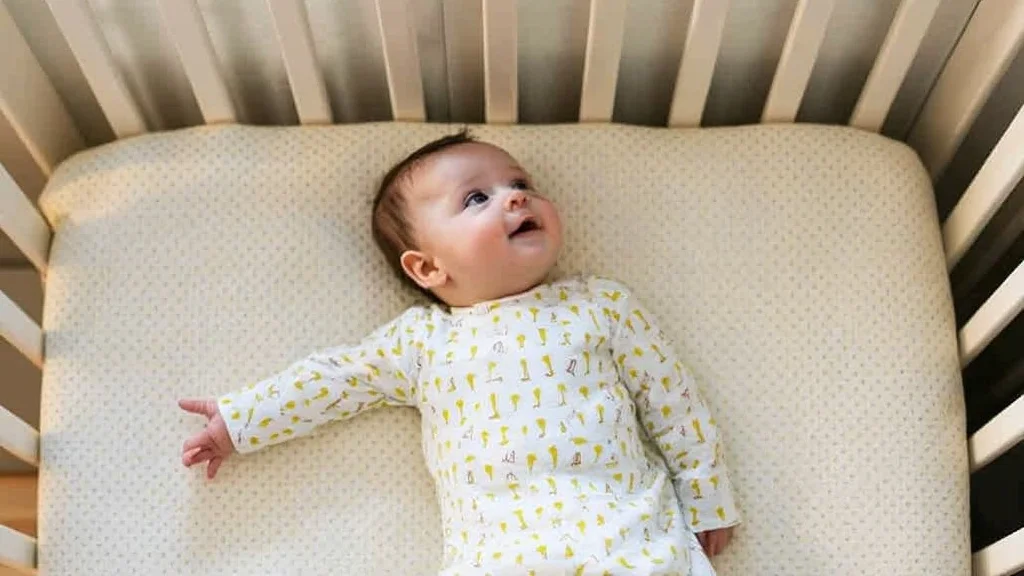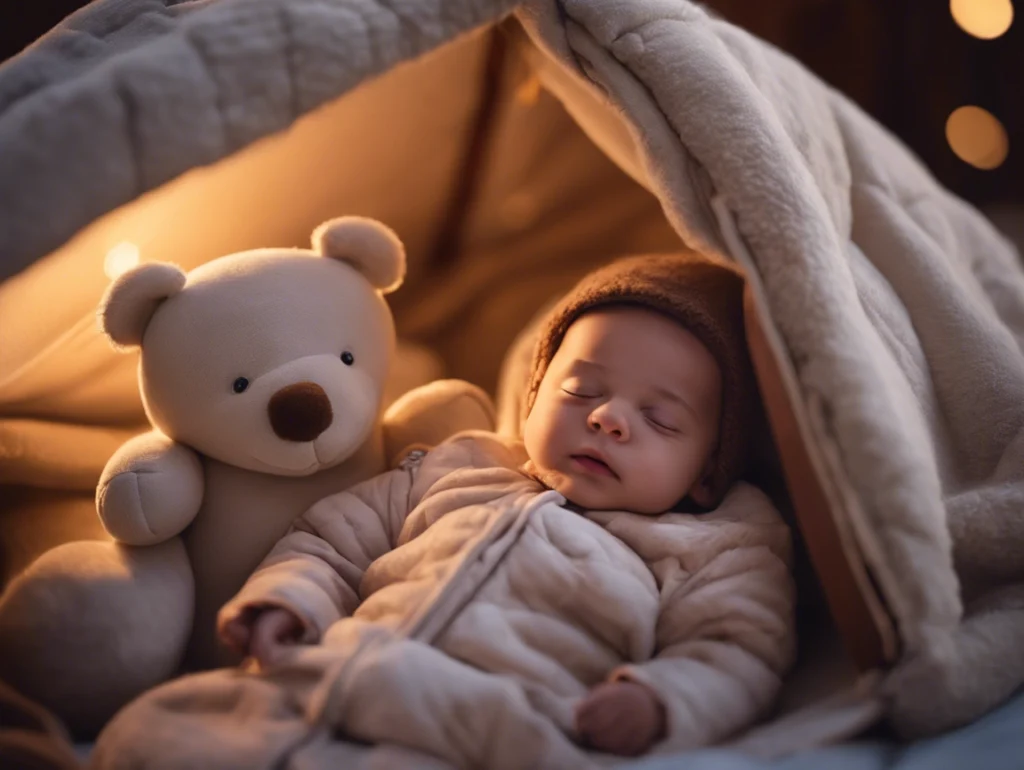Baby sleeping bags have become an essential item for parents looking to provide their little ones with a safe and cozy sleep environment. But have you ever wondered how these tiny wearable blankets are made? Whether you’re a curious parent or a brand owner thinking of launching a product line, understanding the production process can help you appreciate the craftsmanship and effort that go into every stitch.
Let’s break it down step-by-step—with a little humor, because even baby products come with their fair share of drama (who knew picking the right zipper could be so important?).

Step 1: Designing the Baby Sleeping Bag
Before production begins, every great product starts with a design. This is where creativity meets practicality.
What Happens During This Phase?
- Concept Creation: Designers sketch ideas for the bag’s shape, patterns, and features. Should it have long sleeves? A cute animal print?
- Material Selection: The fabric must be baby-safe, breathable, and durable. Popular options include organic cotton, bamboo, and fleece.
- Size Grading: Sizes are created to fit different age ranges, usually from newborns to toddlers.
| Design Element | Why It Matters |
|---|---|
| Fabric Selection | Ensures comfort and safety for delicate skin. |
| TOG Rating | Determines warmth level for different climates. |
| Zippers and Fasteners | Must be durable, easy to use, and baby-safe. |
(Want to learn more about baby-safe materials? Check out Endearing Baby’s Guide to Choosing Safe Baby Products.)
Step 2: Sourcing Materials
Once the design is finalized, the next step is sourcing the materials. This stage is critical because the quality of the materials directly impacts the safety and comfort of the sleeping bag.
Common Materials Used:
- Organic Cotton: Soft, breathable, and hypoallergenic.
- Bamboo Fabric: Eco-friendly and incredibly gentle on sensitive skin.
- Fleece or Polyester: Often used for colder climates because of its warmth.
Sustainability is a growing trend, so many manufacturers are opting for eco-friendly fabrics and dyes.
Pro Tip: Always look for certifications like GOTS (Global Organic Textile Standard) or OEKO-TEX® to ensure materials are safe and free from harmful chemicals.
Step 3: Cutting and Preparing the Fabric
Now it’s time to turn those rolls of fabric into the components of a sleeping bag.
The Cutting Process:
- Pattern Creation: Templates are created for the front, back, sleeves, and other components.
- Fabric Laying: Fabric is layered to ensure efficiency during cutting.
- Precision Cutting: Industrial machines or skilled workers cut the fabric according to the patterns.
| Step | Tools Used |
|---|---|
| Pattern Creation | CAD software or hand-drawn templates. |
| Cutting | Industrial cutters or laser machines. |
Step 4: Sewing and Assembly
Here’s where the magic happens. The fabric pieces are stitched together to create a finished product.
Key Steps in Sewing:
- Stitching the Main Panels: Front and back pieces are sewn together.
- Adding Features: Zippers, snap buttons, or Velcro closures are attached.
- Reinforcing Seams: Double stitching or overlocking is used to ensure durability.
Step 5: Quality Control and Inspection
Quality control is non-negotiable, especially for baby products. This phase involves checking every item for defects, ensuring it’s safe for use.
What’s Checked During QC?
- Stitching Strength: Ensures seams won’t unravel after a few washes.
- Zipper Functionality: Zippers should glide smoothly without getting stuck.
- Fabric Quality: No loose threads, uneven dye, or rough patches.
| Inspection Focus | Why It’s Important |
|---|---|
| Stitching | Prevents tears and ensures durability. |
| Fasteners | Reduces choking hazards and improves usability. |
| Fabric and Print | Ensures no skin irritation or fading. |
(Learn about our 100% inspection process in this article.)
Step 6: Packaging the Product
Once the sleeping bags pass inspection, it’s time for packaging. The packaging must protect the product during shipping and make it appealing to customers.
Eco-Friendly Packaging Options:
- Recyclable cardboard boxes.
- Biodegradable plastic wraps.
- Cotton drawstring bags for a premium feel.
Bonus Tip: Add clear labels with washing instructions, safety guidelines, and your brand’s story for a personal touch.
Step 7: Shipping and Delivery
Finally, the finished baby sleeping bags are packed and shipped to retailers or directly to customers. Logistics teams ensure products are delivered on time and in pristine condition.
FAQs About Baby Sleeping Bag Production
Q1: How long does it take to produce a batch of baby sleeping bags?
It typically takes 4-6 weeks, depending on the order size and design complexity.
Q2: What certifications should baby sleeping bags have?
Look for certifications like CPSIA (Consumer Product Safety Improvement Act) for safety and OEKO-TEX® for fabric quality.
Q3: Are eco-friendly baby sleeping bags more expensive to produce?
Yes, they often cost slightly more due to sustainable materials and ethical practices, but the benefits far outweigh the costs.
Q4: Can I customize my sleeping bag designs?
Absolutely! Many manufacturers offer custom printing, fabric options, and branding services.
Conclusion: The Craft Behind the Comfort
Creating a baby sleeping bag involves a detailed and precise production process, from designing and sourcing materials to sewing and quality control. Every step ensures the final product is safe, comfortable, and loved by both babies and parents.
If you’re considering launching your own line of baby sleeping bags, understanding this process can help you make informed decisions about materials, design, and manufacturing partners.
(For more insights on baby product manufacturing, visit Endearing Baby today.)


